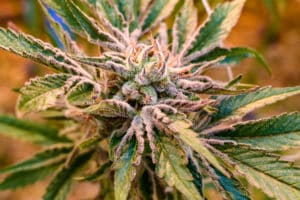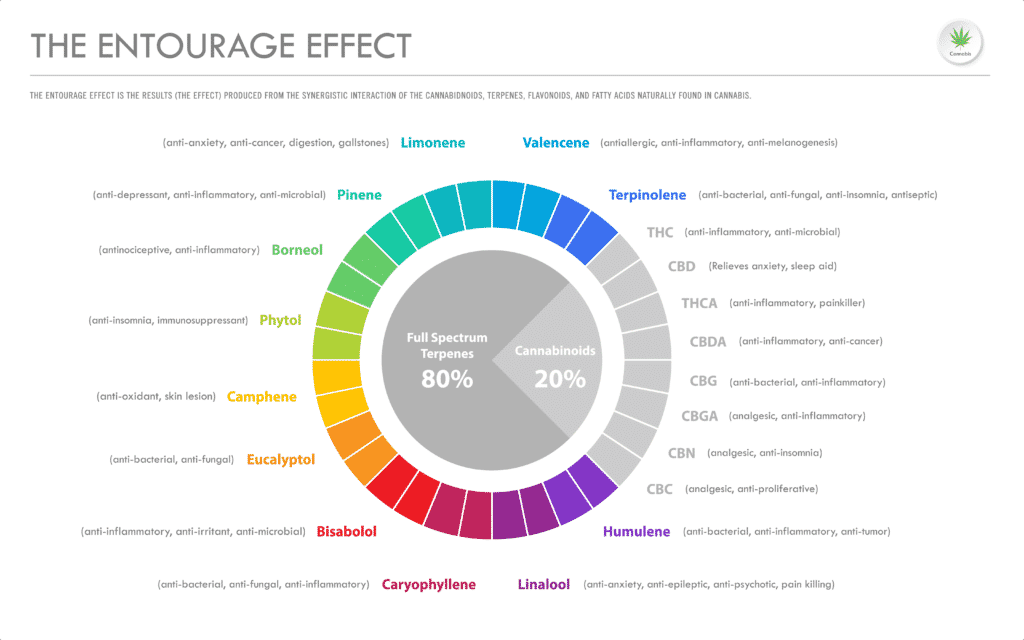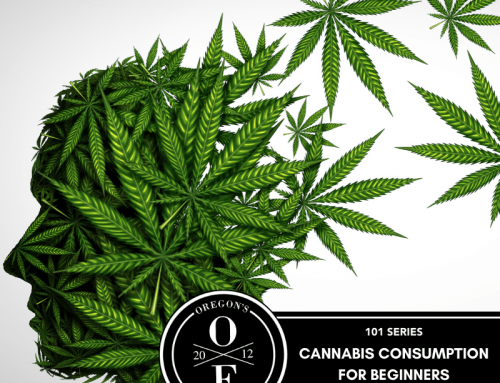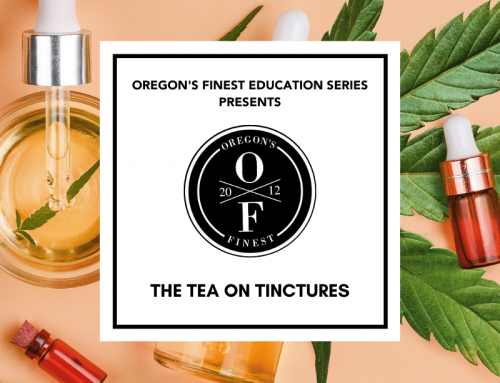Author: Sam Villegas
“One cannot in any way currently guess the biochemical content of a given Cannabis plant-based on its height, branching, or leaf morphology.” – Dr. Ethan Russo, MD
Every day customers enter dispensaries, some for the first time. Usually, equipped with a basic knowledge that indica means more relaxing, sativa means energetic, whereas hybrid is some percentage of the two (maybe?). Many new and long time consumers are often left to wonder what indica and sativa exactly mean. The reality is that much of what is ingrained in the cannabis industry is not entirely correct. The truth is, indica and sativa don’t exist to the capacity we’ve been told, and everything is a hybrid.[1]. When we say indica or sativa, we’re using a language that makes sense for cultivation but little as a consumer looking for something to fit the nuances of their lifestyle.
 A brief history: Sativa was used to describe domesticated hemp by German botanist Leonardt Fuchs[2]. Then, in 1753 botanist Carl Linnaeus in Species Plantarum described a specific species of hemp as “Cannabis sativa”, considering cannabis as all the same species [5]. It wasn’t until 1785 that French biologist Jean Baptiste Lamark received samples of cannabis from India, and that due to the difference in leaves, stems, and sexual organs, it was asserted to be another species. Lamark declared it “Chanvre des Indes”, or as we know it – cannabis indica [5]. The taxonomic classification will be tossed around throughout history until we land on modern-day times, where you’ll now find indica, sativa, or hybrid on the store shelves. To read an in-depth history click here.
A brief history: Sativa was used to describe domesticated hemp by German botanist Leonardt Fuchs[2]. Then, in 1753 botanist Carl Linnaeus in Species Plantarum described a specific species of hemp as “Cannabis sativa”, considering cannabis as all the same species [5]. It wasn’t until 1785 that French biologist Jean Baptiste Lamark received samples of cannabis from India, and that due to the difference in leaves, stems, and sexual organs, it was asserted to be another species. Lamark declared it “Chanvre des Indes”, or as we know it – cannabis indica [5]. The taxonomic classification will be tossed around throughout history until we land on modern-day times, where you’ll now find indica, sativa, or hybrid on the store shelves. To read an in-depth history click here.
What we’re seeing now is an interest in what is inside, the biochemistry, of the different chemovars (strains), and less about what the name is saying it is; finding that each chemovar varies due to several factors including cultivation practices. As an everyday consumer, understanding the cultivation language isn’t affecting your daily life, but what is, are terpenes. Dr. Ethan Russo, MD is a neurologist, psychopharmacology researcher, and explorer of the human endocannabinoid system who has spoken extensively on the topic of the “entourage effect”. Explaining that research is showing the therapeutic effects in cannabis are enhanced by the other compounds in cannabis, such as terpenes and minor cannabinoids [4].

The short story of terpenes is that they’re essential oils found in cannabis and a myriad of other plants, fruits, and spices. The aromatic effects are what is responsible for the varying gradation of cannabis’ effects [6]. Linalool, for example, is a terpene found in lavender with potential anxiolytic (anti-anxiety) properties. Another is limonene which has the potential to produce mood elevating effects [4]. Humulene, found in hops, has shown potential to be appetite suppressant [6]. There are over 100 different terpenes, each with their own benefits and scent profiles [6]. Research is showing that terpenes have an expansive profile producing anti-fungal, anti-insomnia, and even anti-inflammatory qualities [6]. These, in combination with THC, CBD, and cannabinoids that get less attention, THCV, CBG, for example, all work with one another to produce the unique effects that can create a more specific experience far beyond the colloquial sedative indica or a stimulating sativa.
Unfortunately, indica and sativa won’t be going anywhere anytime soon, but it does lead to a decent starting point when trying to articulate energy specificity. Taking into account and monitoring the terpenes and other compounds in the strains that provide relief from is the most accurate way to find consistency within your cannabis. Historically, strain names are arbitrary and do not necessarily denote the reality of effects, making it challenging to identify the effects through chemovar names alone. Using adjectives to articulate what type of experience you’re looking for, including noting what terpenes and phytocannabinoids work well with your body and endocannabinoid system, will provide some stability in an industry that is constantly changing and evolving.
References
[1] J. Sawler, J. M. Stout, K. M. Gardner, D. Hudson, J. Vidmar, L. Butler, J. E. Page, and S.Myles, “The Genetic Structure of Marijuana and Hemp,” PloS one, 26-Aug-2015. [Online]. Available: https://www.ncbi.nlm.nih.gov/pmc/articles/PMC4550350/. [Accessed: 27-Feb-2020].
[2] A. Pollio, “The Name of Cannabis: A Short Guide for Nonbotanists,” Cannabis and cannabinoid research, 01-Oct-2016. [Online]. Available: https://www.ncbi.nlm.nih.gov/pmc/articles/PMC5531363/. [Accessed: 27-Feb-2020].
[3] Mudge, E.M., Murch, S.J. & Brown, P.N. Chemometric Analysis of Cannabinoids: Chemotaxonomy and Domestication Syndrome. Sci Rep 8, 13090 (2018). https://doi.org/10.1038/s41598-018-31120-2
[4] Daniele Piomelli and Ethan B. Russo. “The Cannabis sativa Versus Cannabis indica Debate: An Interview with Ethan Russo, MD”. Cannabis and Cannabinoid Research Vol. 1, No. 1,14-Jan-2016. [Online]. Available: https://www.liebertpub.com/doi/full/10.1089/can.2015.29003.ebr
[5] A. Hazekamp and J. L. Erkelens, “https://www.cannabis-med.org/data/pdf/en_2014_01_2_0.pdf,” http://www.cannabis-med.org/, 23-Feb-2014. [Online]. Available: https://www.cannabis-med.org/data/pdf/en_2014_01_2_0.pdf.
[6] “An Introduction to Terpenes Science & Cultivation,” 2018. [Online]. Available: https://static1.squarespace.com/static/5613091ce4b091d3c50761c7/t/5accca8b6d2a73d3a04be960/1523370636109/Whitepaper-Terpenes_1.pdf. [Accessed: 18-May-2020].
[7] E. Russo, “Taming THC: potential cannabis synergy and phytocannabinoid-terpenoid entourage effects,” British Journal of Pharmacology, 12-Jan-2011. [Online]. Available: https://www.ncbi.nlm.nih.gov/pmc/articles/PMC3165946/pdf/bph0163-1344.pdf. [Accessed: 18-May-2020].



